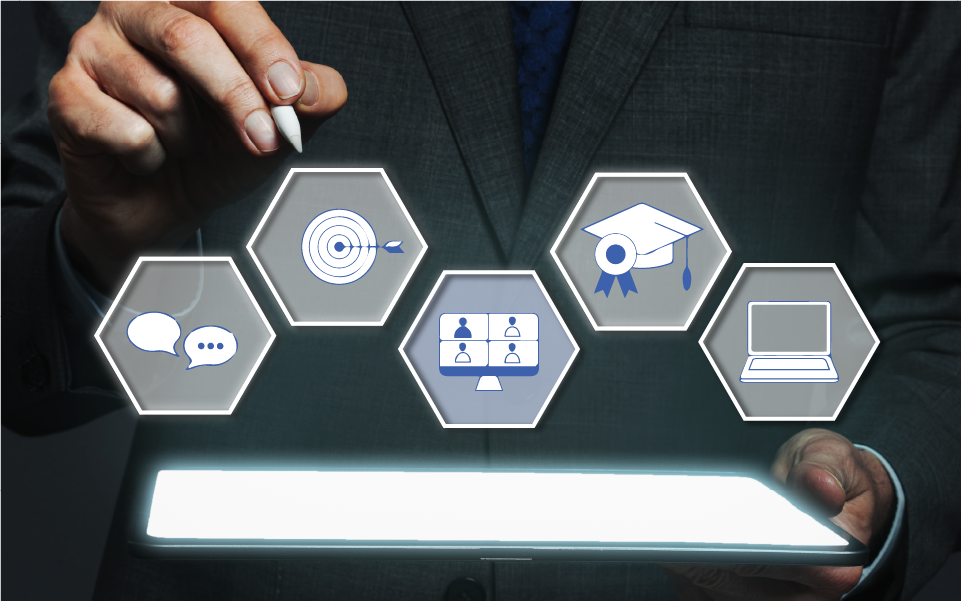Customizing Your LMS for Specific Learning Needs
 0
0
Posted: Fri February 21 12:06 AM PST
Member: Rene Thomas
In today’s fast-paced educational landscape, Learning Management Systems (LMS) https://geniusee.com/lms-consulting have become essential tools for facilitating online education. But one size does not fit all. Customizing your LMS to meet specific learning needs is crucial for enhancing both teaching efficiency and student engagement. This article delves into the importance of customization in LMS and provides actionable strategies to tailor your platform for diverse educational requirements.
Understanding the Importance of Customization
Every learner is unique, with different styles, preferences, and requirements that shape their educational journey. Customizing an LMS improves the learning experience by enabling the following:
- Enhanced Engagement: Tailored content keeps learners motivated and involved.
- Improved Accessibility: Custom solutions can cater to learners with disabilities, ensuring that everyone has equal access to education.
- Personalized Learning Paths: Customization allows for adaptive learning, where the curriculum adjusts according to each learner's progress and comprehension.
- Measurable Outcomes: A customized LMS facilitates the tracking of specific learner metrics, aiding educators in understanding the effectiveness of their teaching methods.
By prioritizing customization, educational institutions can create a more effective and engaging educational experience.
Assessing Your Learning Needs

Before diving into customization, it's essential to assess the specific learning needs of your users. This involves:
- Target Audience Analysis: Understand who your learners are. Are they corporate professionals seeking skills enhancement, university students, or K-12 learners? Each group will have unique needs.
- Learning Objectives: Define clear learning goals. What do you want your users to achieve? This will guide what features and content to prioritize in your LMS.
- Feedback and Surveys: Conduct surveys or focus groups to gather input from your learners regarding their experiences and needs. This data will inform your customization strategies.
Key Features to Customize in Your LMS
Once you've identified the specific learning needs, the next step is to customize various features of your LMS:
1. User Interface Design
A well-designed user interface can significantly enhance user experience. Customizing the UI involves:
- Branding: Incorporate your institution's colors, logo, and style for a cohesive brand identity.
- Navigation: Simplify navigation paths to make it easier for users to find content and tools. Consider implementing intuitive menus and search functionalities.
- Dashboard Customization: Allow users to personalize their dashboards, so they can prioritize the information and tools most relevant to them.
2. Course Content and Structure
Adapting the course content and its structure is vital for meeting specific learning needs:
- Modular Learning: Break down courses into smaller modules that learners can navigate at their own pace. This is particularly useful for adult learners managing busy schedules.
- Multiple Formats: Offer content in various formats (videos, articles, podcasts, interactive elements) to accommodate different learning preferences.
- Localized Content: For global audiences, adjustments may need to be made to acknowledge regional differences in language, culture, and educational standards.
3. Assessment and Feedback Mechanisms
Custom assessments can help in measuring student comprehension effectively:
- Varied Assessment Types: Include quizzes, peer reviews, and open-ended assignments to evaluate learner understanding from multiple perspectives.
- Automated Feedback: Implement automated feedback systems that provide immediate results to learners, reinforcing their learning and highlighting areas for improvement.
- Analytics Dashboards: Use analytics to track learner progress and identify trends. This data can guide both students and educators on necessary adjustments to improve outcomes.
4. Integration with Other Tools
Seamlessly integrating your LMS with other learning tools enhances its functionality:

- Third-party apps: Integrate with tools like video conferencing software, collaboration tools, and content libraries to enrich the learning experience.
- API Customization: Use APIs to connect your LMS with existing institutional systems like HR or student information systems, streamlining the user experience.
Promoting Inclusivity through Customization
Customization can further facilitate inclusivity, which is fundamental in education:
- Accessibility Features: Incorporate screen readers, closed captioning, and alternative text for images to ensure that all learners can access content without barriers.
- Language Options: Providing multilingual support can accommodate learners from diverse linguistic backgrounds.
Continuous Improvement and Support
Customization is not a one-time effort. Continuous improvement based on user feedback is crucial:
- Regular Updates: Keep your LMS current by regularly updating content, features, and functionalities.
- User Support: Offer ongoing support and training for both learners and instructors to help them navigate new features and content effectively.
Conclusion
Customizing your Learning Management System is vital for meeting the specific learning needs of your target audience. By assessing your users’ needs, tailoring key features, promoting inclusivity, and ensuring continuous improvement, you can create a more engaging and effective online learning experience. Geniusee, with its expertise in software product development services, can assist institutions in this endeavor, providing tailored solutions that lead to enhanced educational outcomes. The future of learning lies in personalization, and a customized LMS is your tool for achieving just that.
Comments
Please login above to comment.
